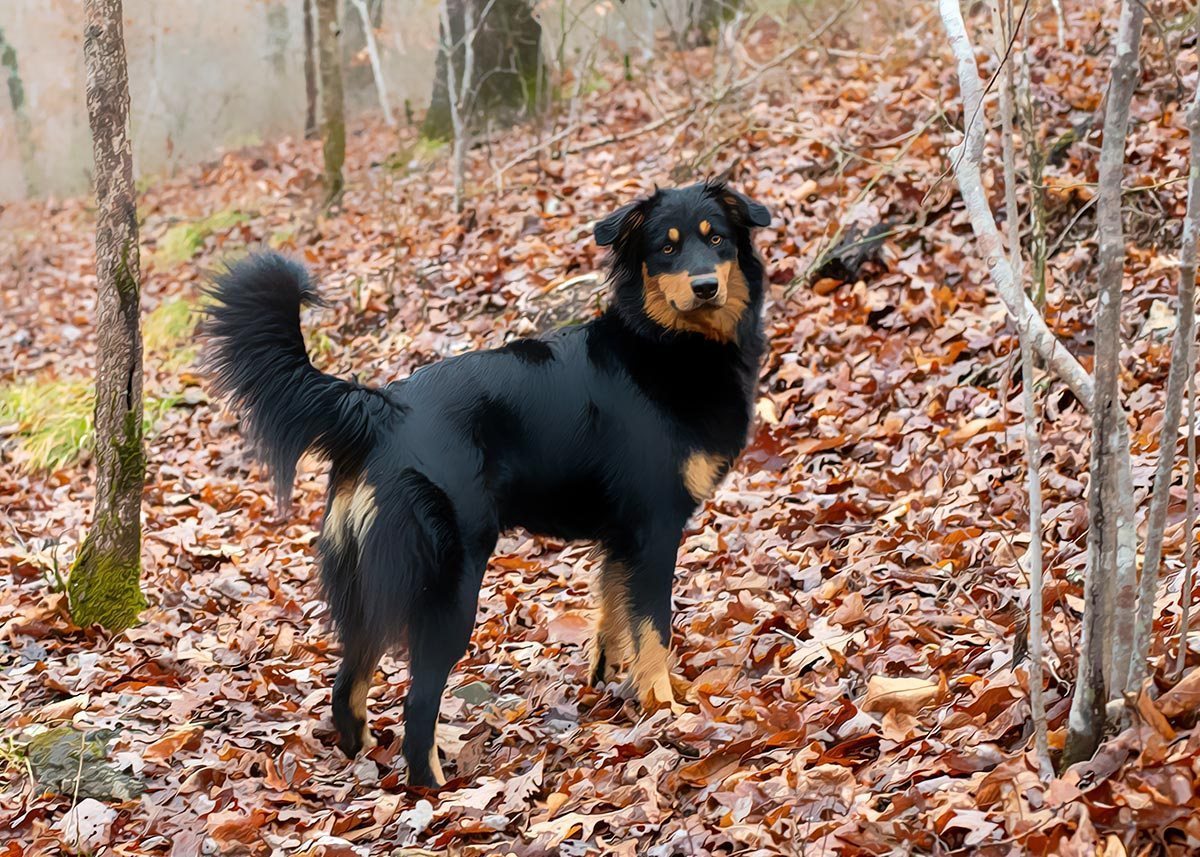First, it comes up a lot, so I think the subject of coat color deserves a brief mentioning. The observable signs of a foundational strain are not trivial, as they reflect the underlying genetic package and are consequently indicative of congruence and predictability. But confusion arises when individuals from composite strains appear similar to those of a foundational strain.[1]What Exactly Makes it a Old-fashioned Black and Tan English Shepherd?, Farm Shepherds Illustrated That is why using phenotype is a good place to start, and relatively inexpensive in terms of cost and effort, but can also lead to confusion and misclassification. One must combine phenotype with history and genetic analysis to get a more complete picture before one can reasonably discern if an individual is a member of a foundational strain.
Landrace breeds must have sufficient variability to remain healthy while also having enough consistency to be predictable. This fact is critical to sustaining a viable population of genetic resources. That is why in almost all instances it makes sense for a landrace breed association to preserve the foundational strains of a breed. Well maintained foundational strains are critical reservoirs of genetic variation for the landrace as a whole.
References
| ↑1 | What Exactly Makes it a Old-fashioned Black and Tan English Shepherd?, Farm Shepherds Illustrated |
|---|


1 thought on “Why Foundational Strains Matter”
Comments are closed.